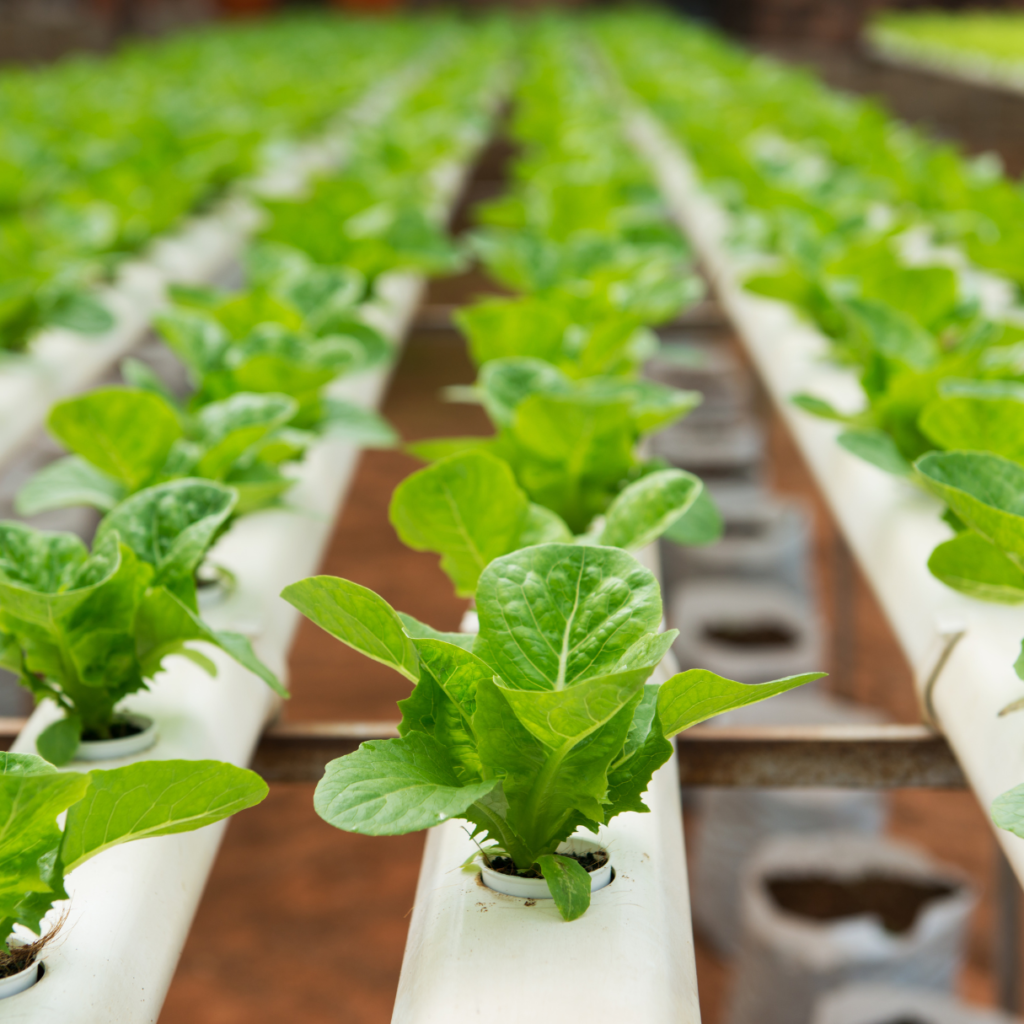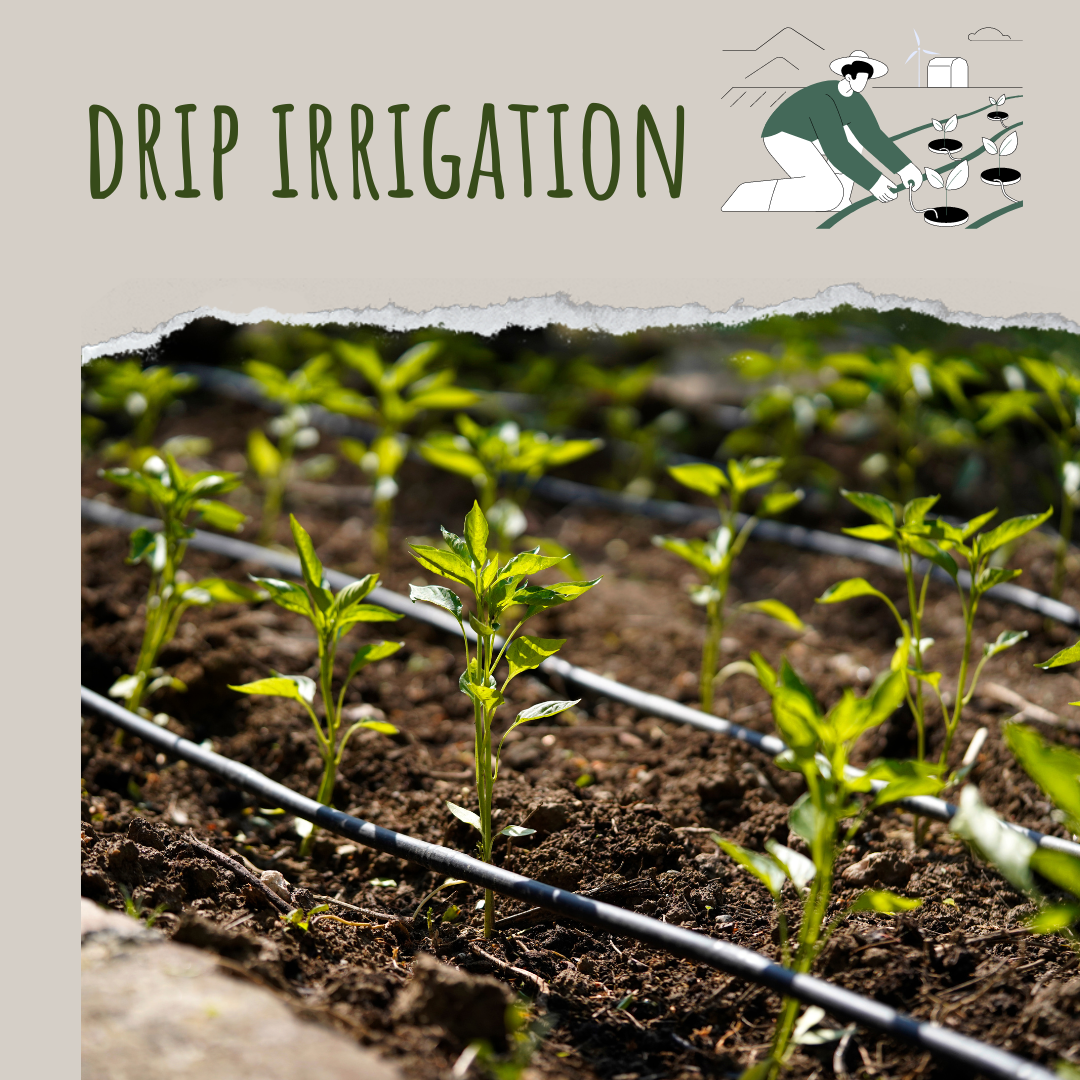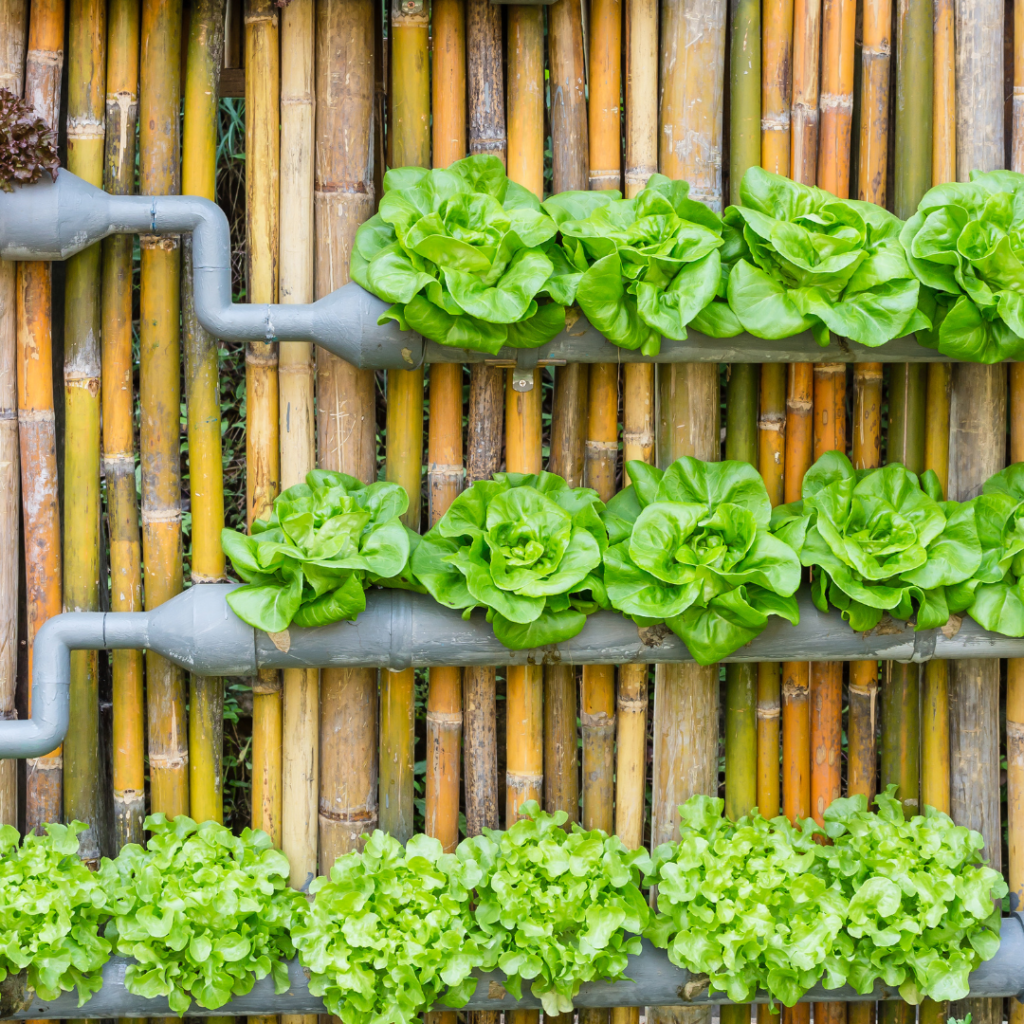Vertical gardening is a method of growing plants on vertically inclined surfaces, leveraging both horizontal and vertical spaces to cultivate greenery.
This innovative approach is gaining traction as urban areas face increasing challenges of limited space and the need for sustainable practices.
By transforming walls and small spaces into lush, green environments, vertical gardening not only enhances aesthetic appeal but also contributes significantly to environmental sustainability.
Introduction:
In a world struggling with climate change, resource depletion, and urbanization, sustainable vertical gardening offers a practical and impactful solution.
It promotes efficient use of space, improves air quality, conserves water, and supports biodiversity.
Whether it’s a small balcony garden or a large-scale green wall, vertical gardening can play a crucial role in creating healthier and more sustainable living environments.
This article delves into the myriad environmental benefits of vertical gardening and explores how it aids in resource conservation, providing a comprehensive guide for those looking to adopt this sustainable practice.
Environmental Benefits of Vertical Gardening
Space Optimization
One of the most significant advantages of vertical gardening is space optimization.

Traditional gardening often requires expansive plots, but vertical gardens utilize walls and structures, making it ideal for urban environments with limited space.
This efficient use of space allows more people to engage in gardening, even in compact living conditions.
Urban Greening
Vertical gardens contribute significantly to urban greening, which is essential for improving air quality and reducing urban heat islands.
These gardens act as natural air filters, absorbing pollutants and releasing oxygen, thus enhancing the overall urban environment.
Biodiversity Enhancement
By incorporating a variety of plants, vertical gardens promote biodiversity.
They provide habitats for pollinators like bees and butterflies, which are crucial for maintaining ecological balance. This diversity also makes vertical gardens resilient to pests and diseases.
Resource Conservation Through Vertical Gardening
Water Conservation
Vertical gardening often employs advanced irrigation systems like drip irrigation and hydroponics, which are more water-efficient than traditional methods.

These systems minimize water wastage by delivering water directly to the plant roots.
Soil Preservation
Vertical gardening can reduce soil erosion and degradation.
By growing plants vertically, the soil remains intact and less prone to erosion caused by wind and water.
Additionally, many vertical gardens use soilless mediums, further conserving soil resources.
Energy Efficiency
Green walls and facades can significantly reduce energy consumption in buildings.
They provide natural insulation, keeping buildings cooler in the summer and warmer in the winter, thus reducing the need for artificial heating and cooling.
How to Start a Vertical Garden
Choosing the Right Location
Selecting a suitable location is crucial. Ensure the area receives adequate sunlight and has access to water. Both indoor and outdoor locations can be considered based on the type of plants chosen.
Selecting the Structure
Decide on the type of vertical garden structure that suits your space and needs. Options include living walls, vertical planters, and trellises.
Preparing the Soil and Plants
Choose the right soil or soilless medium for your plants. Ensure the medium is rich in nutrients and has good drainage. Select plants that are compatible with your vertical garden setup.
Maintenance of Vertical Gardens
Watering Techniques
Proper watering is essential for vertical gardens. Drip irrigation systems are highly recommended as they ensure water reaches the plant roots efficiently.

Fertilization
Regular fertilization helps maintain healthy plant growth. Use organic fertilizers to provide essential nutrients without harming the environment.
Pest and Disease Control
Monitor your vertical garden for pests and diseases. Integrated pest management practices, such as using natural predators and organic pesticides, can help keep your garden healthy.
Vertical Gardening in Urban Areas
Benefits for City Dwellers

Vertical gardening offers numerous benefits for urban residents, including improved air quality, enhanced aesthetic appeal, and access to fresh produce.
Community Gardens
Community vertical gardens foster social interaction and collective effort, transforming urban spaces into green havens and promoting community well-being.
Balcony and Rooftop Gardens
Utilizing balconies and rooftops for vertical gardening maximizes space and provides a personal green sanctuary in urban settings.
Technological Innovations in Vertical Gardening
Hydroponics
Hydroponics involves growing plants in nutrient-rich water solutions without soil.

This method conserves water and allows for precise nutrient management.
Aeroponics
Aeroponics is a technique where plant roots are suspended in the air and misted with nutrient solutions. It is highly efficient in water and nutrient use.
Smart Gardening Solutions
Smart gardening technologies, such as automated irrigation systems and environmental sensors, enhance the efficiency and ease of maintaining vertical gardens.
Economic Benefits of Vertical Gardening

Cost-Effectiveness
Vertical gardens can be cost-effective, especially in urban areas where land is expensive. They offer a sustainable solution for growing food and ornamental plants.
cost-effectiveness of vertical gardening makes it an attractive option for urban dwellers and sustainability enthusiasts alike.
By optimizing space, reducing utility costs, conserving water, and promoting self-sufficiency, vertical gardening proves to be a wise investment for both the environment and your wallet.
Conclusion
Vertical gardening is a sustainable practice that maximizes space, conserves resources, and enhances urban biodiversity.
It offers economic benefits by reducing utility costs and enabling home-grown food production.
As cities face increasing environmental challenges, vertical gardening provides a practical and impactful solution.
By adopting this innovative approach, individuals and communities can contribute to greener, more sustainable urban environments.
Whether for aesthetics or food security, vertical gardening is a rewarding way to promote ecological health and create a brighter future.
Embrace vertical gardening to transform urban spaces into lush, productive, and sustainable landscapes.


Pingback: The Eco-Friendly Benefits of Vertical Gardening!
Pingback: Vertical Gardening with Edible Plants: Grow Your Own Food!